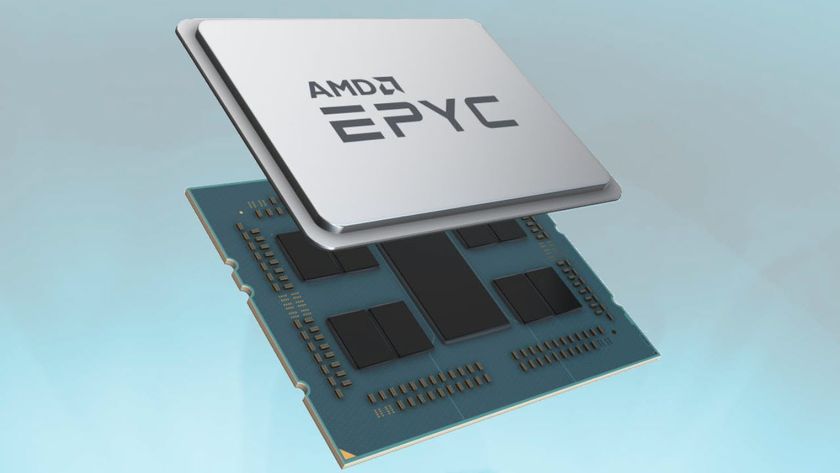Dual-Core Versus Quad-Core: Part 2
Some Background
We’ve had a lot of coverage in the processor segment, mostly dealing with the latest products, but we also did a lot of analysis to compare power consumption and analyze the advances of AMD’s and Intel’s products when they introduce new steppings. (A stepping is an internal revision of a processor to fix known issues and slightly polish performance.) We checked how well processors scale with additional cores, looked at performance differences among various processor architectures running at the same clock speed, differences in various L2 cache sizes, and efficiency improvements over the years.
Highly Recommended Analysis Articles
The Truth about PC Power ConsumptionIdle and peak power only tell half of the story: in this article, we look at the total power consumption of AMD and Intel systems by examining the total power used for a given workload, which is the only way to properly measure power efficiency.
The Tale of Wolfdale: Power Requirements and Overclocking AnalyzedIntel’s 45 nm Core 2 Duo E8000 is not only faster than the 65 nm E6000 series, it is also more efficient. We tracked the power consumed for a given workload and analyzed efficiency in depth, using different Intel processors running at 3.0 GHz.
AMD’s Athlon Stepping ImprovementsImproved processor steppings introduce improvements during a processor life cycle. We looked at three different Athlon 64 X2 5000+ processors using the F2, F3, G1 and G2 steppings, to determine the advances achieved in the move from 90 nm to 65 nm manufacturing.
GPU vs. CPU Upgrade: Extensive TestsWhat brings better results: purchasing a faster graphics card, or investing your cash in a more powerful processor?
Does Cache Size Really Boost Performance?We compared 2.4 GHz Core 2 Duo processors using 1 MB, 2 MB and 4 MB L2 cache to find out what difference cache size makes.
Stay On the Cutting Edge: Get the Tom's Hardware Newsletter
Get Tom's Hardware's best news and in-depth reviews, straight to your inbox.
AMD CPU Efficiency ComparedWe took various AMD processors (Phenom, Athlon X2, Athlon 64 X2 and Sempron) running at the same clock speeds and analyzed their efficiency. Which one provides the best performance per watt ratio?
Intel Power Consumption Then and NowThis article is similar to the AMD CPU efficiency story, but we looked at the Core 2 Quad, Core 2 Duo, Pentium D and Pentium 4 to see how efficiency improved when using a given workload and tracking power consumption in Watt-hours.
Phenom vs. Athlon Core Scaling ComparedSince we wanted to know just about how good the Phenom really is, we looked at the Athlon 64 X2 and Phenom X4, running each chip with only a single core, and going all the way up to all available cores to see how well the Phenom’s Stars architecture scales.
Overclocking: Dual vs. Quad Core CPUs
What if Your CPU Cooler Fails?In earlier times, CPUs uses to die when they overheated, but that’s not always the case with modern AMD and Intel CPUs.
The Gigahertz Battle: How Do Today’s CPUs Stack Up?We compared various AMD and Intel processors, running them all at 2.4 GHz to check the performance levels of the various architectures.
Processor Performance Comparison
Please have a look at our CPU Performance Charts to get detailed performance data on as many as 102 different processors, from today’s Core 2 Duo/Quad and Phenom X3/X4, to the Athlon 64 X2 and Pentium D, and all the way down to first-generation Athlons, Semprons and Pentium 4 processors.
Desktop CPU Charts 2007
Mobile CPU Charts 2007
Current page: Some Background
Prev Page Can Intel’s Dual Core Beat AMD’s Quad? Next Page AMD Phenom X4 9350e (2.0 GHz Quad Core)Most Popular




